
50 Flower seeds! Celosia argentea Var cristata Seeds red Plumed
Synonyms: Celosia argentea var. cristata (Linnaeus) Kuntze. Treatment appears in FNA Volume 4. Treatment on page 409. Mentioned on page 405, 407.. Celosia cristata, the cultivated cockscomb, is considered a species separate from C. argentea, its likely wild progenitor; however, it is often treated as an infraspecific entity (variety or form.

PlantFiles Pictures (Cristata Group) (Celosia argentea var
A herbaceous annual, 0.6 to 1 m in height. Leaves are ovate to lanceolate, fresh green and tender to touch. Inflorescences are velvety, shaped like a fan or rounded and convoluted, resembling a brain or the cock's comb, thus the common name 'Cockscomb'. The showy flowers may last for around 8 weeks and can be used in floral arrangements.

Celosia argentea var. cristata mix Media Database
Looking for Celosia Argentea? We have almost everything on eBay. No matter what you love, you'll find it here. Search Celosia Argentea and more.

Celosia argentea var. cristata o cresta de gallo
Celosia argentea var. cristata 'Flamingo Feathers' is a cultivar that can grow up to 2 feet in height. The colors are predominantly pink to light violet, and the leaves are a darker green than other cultivars. The Century cultivars are usually taller (1-2 feet), and are bright red, yellow, orange, or pink. The Kimono cultivars are generally.

Celosia argentea var. cristata Celosia argentea var. crist… Flickr
The species argentea means "silvery", for the shiny, white bracts and tepals of the species. The group name Plumosa means "feathery" for the shape of the inflorescence. Plumed Celosia is easily grown in humus rich, moderately fertile, consistently moist, well-drained soils in full sun, although it does tolerate light shade and dry soils.

Seeds (Celosia argentea var. cristata) Monticello Shop
Description. 'Cramer's Burgundy' cockscomb ( Celosia argentea var. cristata or C. cristata) produces velvety, crinkled heads in a rich purplish red color on 3- to 5-foot-tall stems. Some of the plants produce a thick stalk topped with one large flowerhead; others form a smaller central head and many smaller side heads.

Celosia argentea var cristata Yellow Feather Rare Quality Seeds
This Celosia Argentea var. Cristata and Tagetes Erecta (Mexican marygold ) are a must have flower in Southeastern Mexico for "Dia de los Muertos "(The day of the death November 2th Mexico observed holidays) Floral arrangements are a good use for this plant . Plant foliage is weed like ,pale green with many times pinkish coloration , to 5' tall.
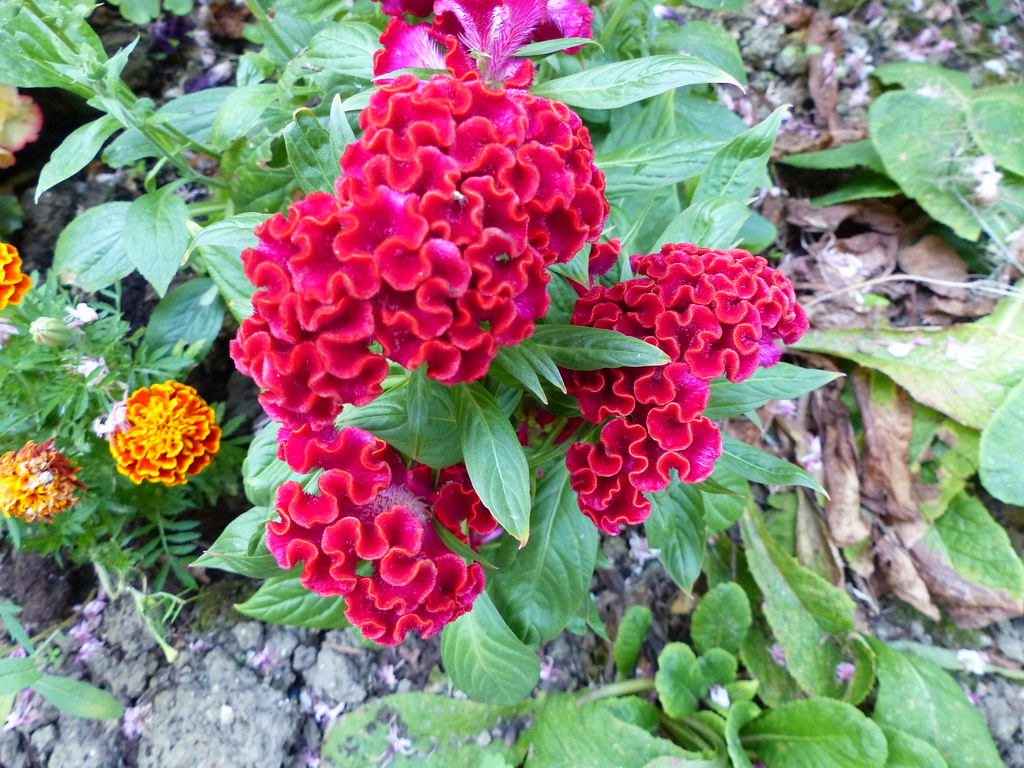
plant Celosia argentea var. cristata care and culture
Cockscomb (Celosia argentea var. cristata) offers added color with unique blooms. Discover the care requirements of this annual or perennial plant.. These flowers are part of the Amaranthaceae family under the Celosia genus. The Cristata Group has taken the common name of cockscomb and features alternating, lance-like leaves that can be.
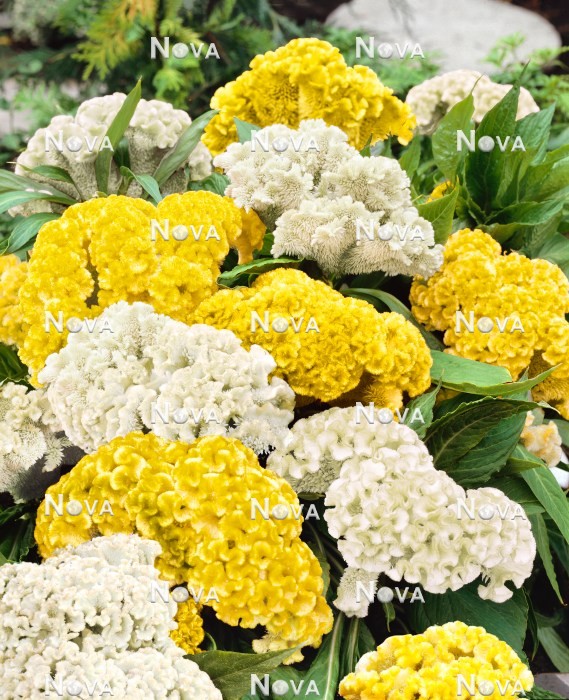
Celosia argentea var. cristata Media Database
Wild edible plants of Assam. by Sri Brahmananda Patiri and Sri Ananta Borah, published by the Director Forest Communication, Forest Department, Assam. Curated for upload by Pranjal Mahananda. Dr. Chandra Barooah & Iftikher Ahmed (2014) Assam Science Technology and Environment Council.

Celosia argentea L. var. cristata (L.) Kuntze Jeniang, Ked… Flickr
Celosia. Genus description. Celosia can be annuals, perennials or shrubs, with simple or lobed, alternate leaves and tiny, brightly coloured flowers in large, plume-like inflorescences. Many garden selections are closely related to C. argentea. Name status.

Celosia argentea var cristata Yellow Feather Rare Quality Seeds
Noteworthy Characteristics. Celosia argentea cultivars are typically divided into three general groups: (1) Cristata Group, (2) Plumosa Group, and (3) Spicata Group.. Cristata Group plants, commonly called cockscombs, feature fasciated, large crested flower heads (3-12" across), with each flower head somewhat resembling the comb of a rooster.

PlantFiles Pictures (Cristata Group) 'Cramer's Burgundy
A member of the Amaranthaceae family, the name celosia comes from the Greek keleous or "burning," alluding to the flower's brilliance.All ornamental forms of celosia are Celosia argentea var. cristata, which encompasses four groups, one of which is the Cristata Group or crested type.Before breeding resulted in larger blooms, the crested celosia, with its small, wavy, fanlike flowers.
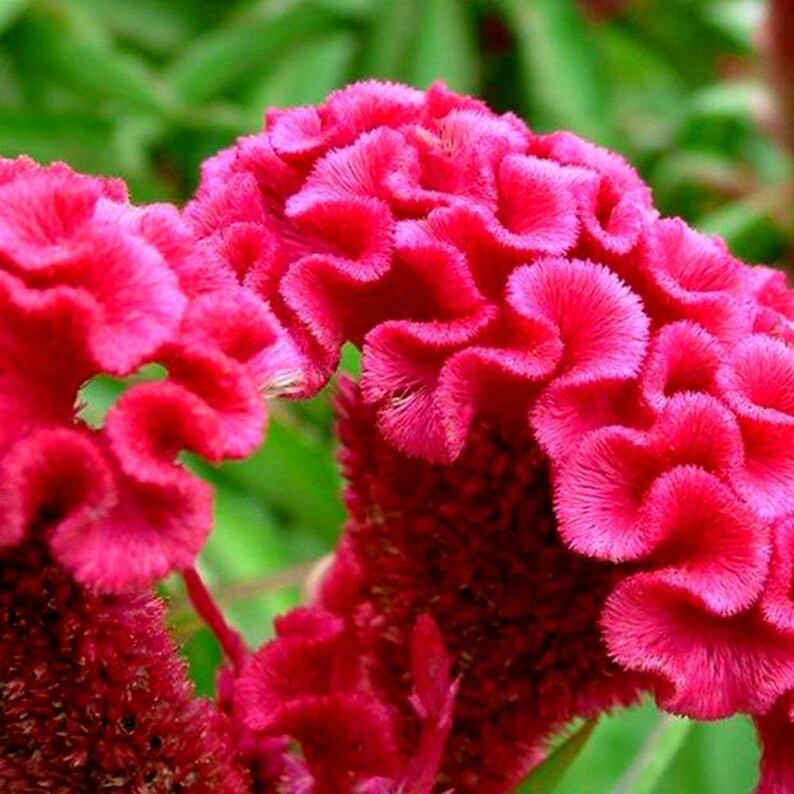
50 Seeds Celosia Argentea Var. Cristata Etsy
Celosia argentea var. cristata; Celosia cristata; Celosia plumosa; Phonetic Spelling seh-LO-see-ah ar-jen-TEE-ah Description. Cockscomb is a short-lived annual herb that grows to a height of about 1 1/2 to 2 feet tall. In climates where it is grown as an annual it will reseed itself and return the next year. In locations that experience warm.
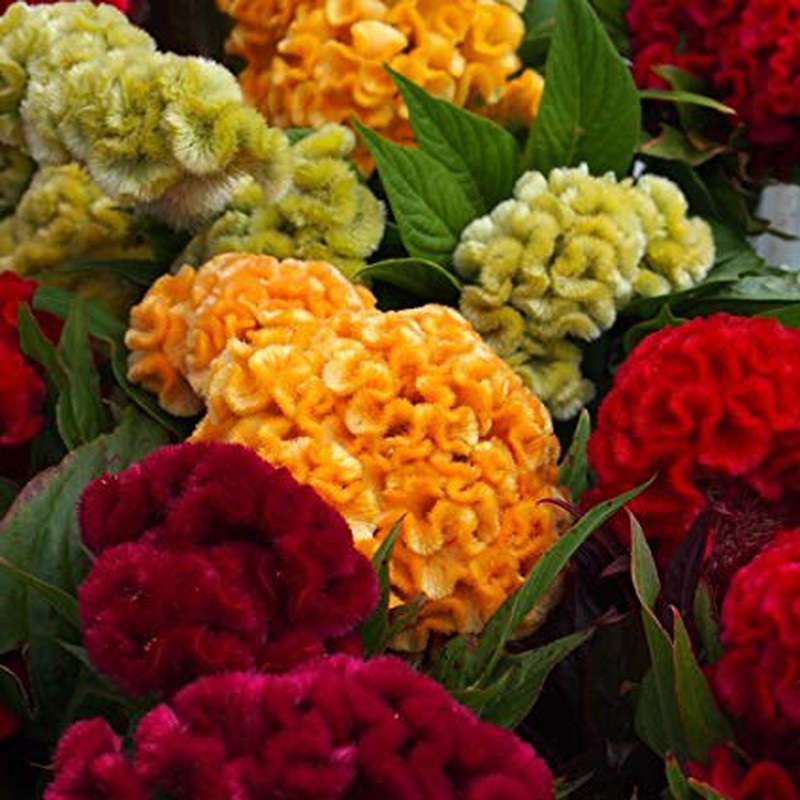
Celosia Argentea Cristata Caja 10 uds. —
Main Types of Celosia. Celosia is a diverse genus, but three main types are commonly grown as ornamental plants: Celosia argentea var. cristata (Crested Celosia or Cockscomb): This variety is characterized by its unique, coral-like, or brain-like flower heads. The tightly clustered blooms are brightly colored in shades of red, yellow, orange, pink, and even purple.

Celosia argentea var. cristata 'Century Mixed' seeds Thompson &
Or C. argentea var. cristata (L.) Kuntze, the Cockscomb, rarely escapes from cult. in our range. It is a cultigen derived from C. argentea, with cristate, fan-shaped, or distorted spikes in a variety of colors.. 1 "Celosia cristata Linn. in Flora of China @ efloras.org" eFlora. Missouri Botanical Garden, St. Louis, MO & Harvard University.
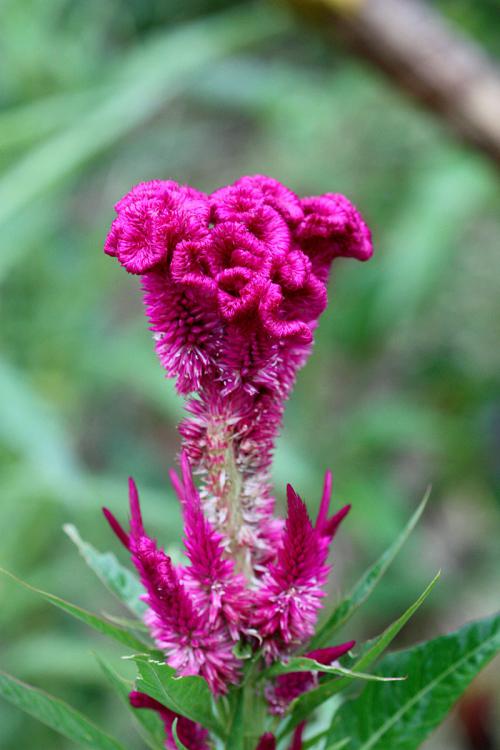
Фотогалерея Категория Прочие растения Файл Celosia argentea var
1. Cockscomb (Celosia argentea var. cristata), C. argentea, an almost sterile hybrid between them, and eight F2 plants raised from seed from the hybrid have been studied cytologically. The hybrid possessed a chromosome number (2n = 54) intermediate between those of the parents (2n = 36 and 72 for cockscomb and C. argentea, respectively). The parents exhibited typical meiotic pairing, and no.